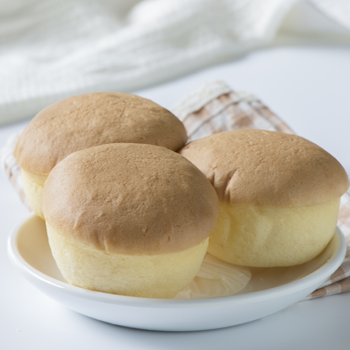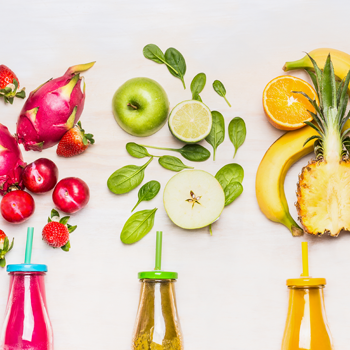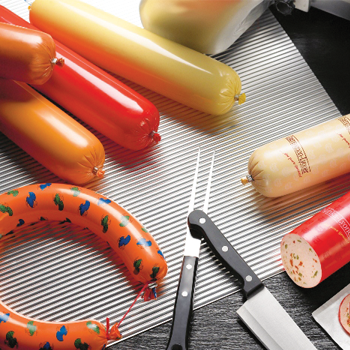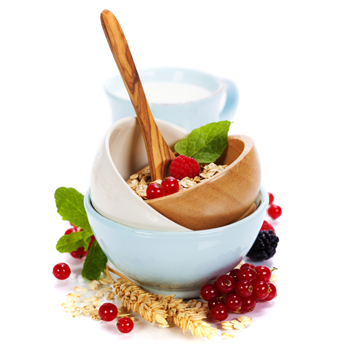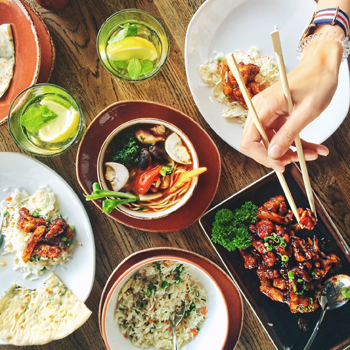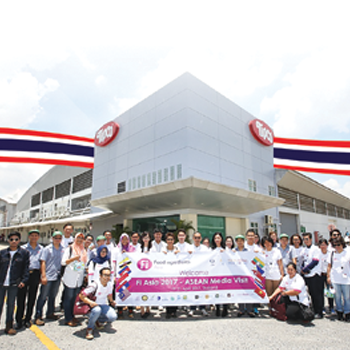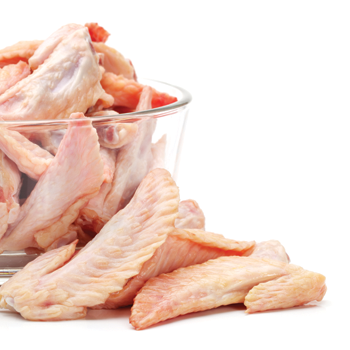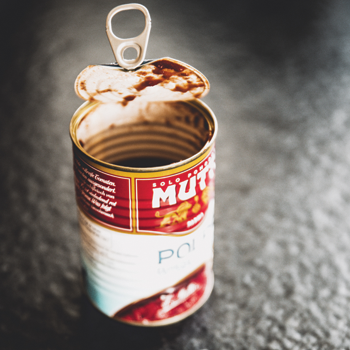ดร.จุฑารัตน์ โกวิทยา
Chutarat Kowittaya, Ph.D.
Assistant Food InnovationManager
chutarat@smscor.com
คุณภุมริน หอมทอง
Poomarin Homtong
Assistant Food Innovation Manager
poomarin@smscor.com
SMS Corporation
ในยุคที่เศรษฐกิจขยายตัว ผู้คนส่วนใหญ่จำเป็นต้องปรับเปลี่ยนวิถีชีวิตให้เร่งรีบขึ้นเพื่อให้สอดคล้องกับภาวะที่มีการแข่งขันสูง จึงมีเวลาในการจัดเตรียมและรับประทานอาหารน้อยลง ฉะนั้นอาหารที่สะดวกพร้อมรับประทาน อย่างเช่น ผลิตภัณฑ์เบเกอรี่ในบรรจุภัณฑ์จึงเป็นโอกาสของผู้ประกอบการ เนื่องจากตอบโจทย์ด้านความสะดวก (Convenience) อาทิเช่น รับประทานได้ง่าย พกพาสะดวก และหาซื้อง่าย ด้วยปัจจัยเชิงบวกนี้ จึงส่งผลให้ธุรกิจเบเกอรี่เติบโตขึ้นทุกปีและยังมีแนวโน้มเติบโตต่อไปอีก ในภาวะที่มีการแข่งขันสูง สิ่งสำคัญที่จะช่วยกระตุ้นยอดขายของผู้ประกอบการให้โตขึ้น คือ การพัฒนาสินค้าให้มีจุดเด่นทั้งด้านความสะดวกและด้านสุขภาพ ควบคู่กับการปรับสินค้าให้มีรูปแบบที่แปลกใหม่ แต่ยังคงมีรสชาติและเนื้อสัมผัสที่ดี \
Steamed Cake เป็นอีกหนึ่งผลิตภัณฑ์เบเกอรี่ที่ตอบโจทย์ผู้บริโภคยุคนี้ได้เป็นอย่างดี จนได้รับความนิยมอย่างมากในประเทศจีนและญี่ปุ่น มีจุดเด่น คือ ใช้การนึ่งแทนการอบ จึงดีต่อสุขภาพเหมาะสำหรับทุกเพศทุกวัย นิยมรับประทานเป็นอาหารเช้าหรือเป็นอาหารว่างรองท้อง Steamed cake มีลักษณะคล้าย Sponge cake แต่มีเนื้อแน่น (Dense) นุ่ม (Soft) และยืดหยุ่น (Elastic) กว่า หัวใจสำคัญที่ช่วยให้ Steamed cake มีเนื้อสัมผัสที่ดีถูกใจผู้บริโภค คือ แป้งดัดแปร (Modified starch) และวัตถุเจือปนอาหาร (Food additive)
แต่ในปัจจุบัน กระแส Clean Label Food กำลังมาแรงจนทำให้ผู้ประกอบการต้องหันมาปรับกลยุทธ์ทางการตลาดเพื่อตอบสนองผู้บริโภคที่เริ่มหันมาใส่ใจสุขภาพและให้ความสำคัญกับเรื่องอาหารการกินที่ปลอดภัยกันมากขึ้น ผู้บริโภคเชื่อว่าอาหารที่ติดฉลาก Clean label ปลอดภัย มีคุณภาพสูง และดีต่อสุขภาพ เนื่องจากใช้ส่วนผสมที่มาจากธรรมชาติที่ผู้บริโภคคุ้นเคยในการผลิต ปราศจากสารเคมีและสารสังเคราะห์ จึงเป็นสิ่งท้าทายสำหรับผู้ประกอบการธุรกิจผลิตภัณฑ์เบเกอรี่ที่จะต้องปรับสูตรสินค้าให้ปลอดสารปรุงแต่ง (Additive free) หรือปราศจากวัตถุเจือปนอาหารที่มีเลข E-number โดยที่คุณภาพของสินค้ายังคงเดิม
In an economic expansion era, most people are forced to speed up their lifestyle to match with highly competitive society. Many people have less time to prepare and eat food. Therefore, ready-to-eat meal such as bakery products in packages present as new opportunities for entrepreneurs, because of the convenience it offers e.g. easy to eat, easy to carry, and easy to find. With these positive factors, bakery industry growth surges years after years and will continue to grow. In a highly competitive environment, the key to boost sales for entrepreneurs is to develop products that offer convenience and health qualities, along with modifying the look of the products to be outstanding, with good taste and delicate texture at the same time.
Steamed Cake is another bakery product that answers to the demand of consumers these days. The cake receives great feedback in China and Japan. Its main feature is that instead of being baked, it is steamed! This distinctive characteristic makes the cake good for consumers in all ages and suitable to be eaten for breakfast and coffee-break snack. Steam cake is rather similar to sponge cake, dense, soft, and elastic, but the heart of its charm lies on modified starch and food additives.
But nowadays, Clean Label Food trend is so strong that many entrepreneurs need to readjust their marketing strategy following many consumers who are turning to healthier and safer eating habits. Consumers believe that food with clean label is safe, high quality, healthy, uses natural ingredients familiar to them and lacks chemicals and synthetic substances. This poses as a challenge for bakery entrepreneurs who need to adjust their recipes to be free from food additives or substances listed with e-number, while retain the products’ quality.
